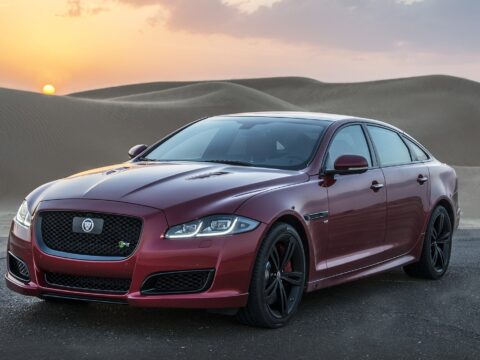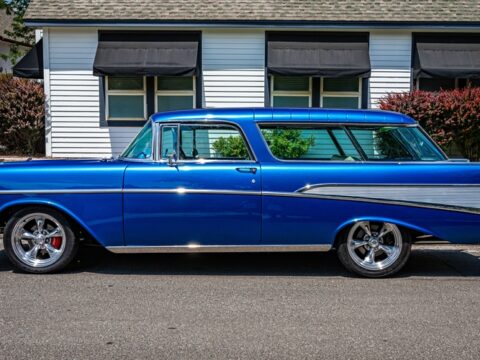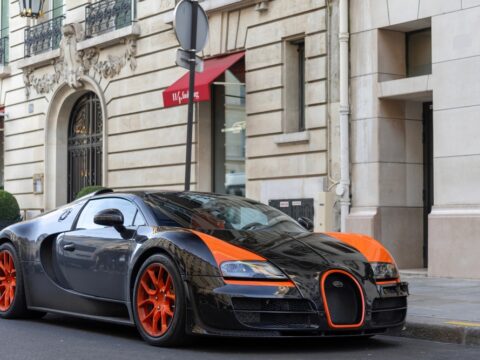Motorcycles hold a unique place in the tapestry of automotive history, blending innovation with a timeless allure that captivates enthusiasts and casual observers alike. Certain models, revered for their revolutionary design and engineering, have transcended their era to become icons that are still ridden and adored today. These bikes are not just preserved as showpieces but are actively celebrated on roads, bearing testament to their enduring legacy and the undying spirit of adventure they embody.
These rolling pieces of history offer a glimpse into the past, each ride delivering a sense of connection to the trailblazers of motorcycling. Whether it’s the distinctive rumble of an old Harley or the sleek lines of a classic Triumph, these motorcycles continue to inspire a sense of nostalgia and passion, proving that some things only get better with age.
Contents
Harley-Davidson Panhead (1948-1965)
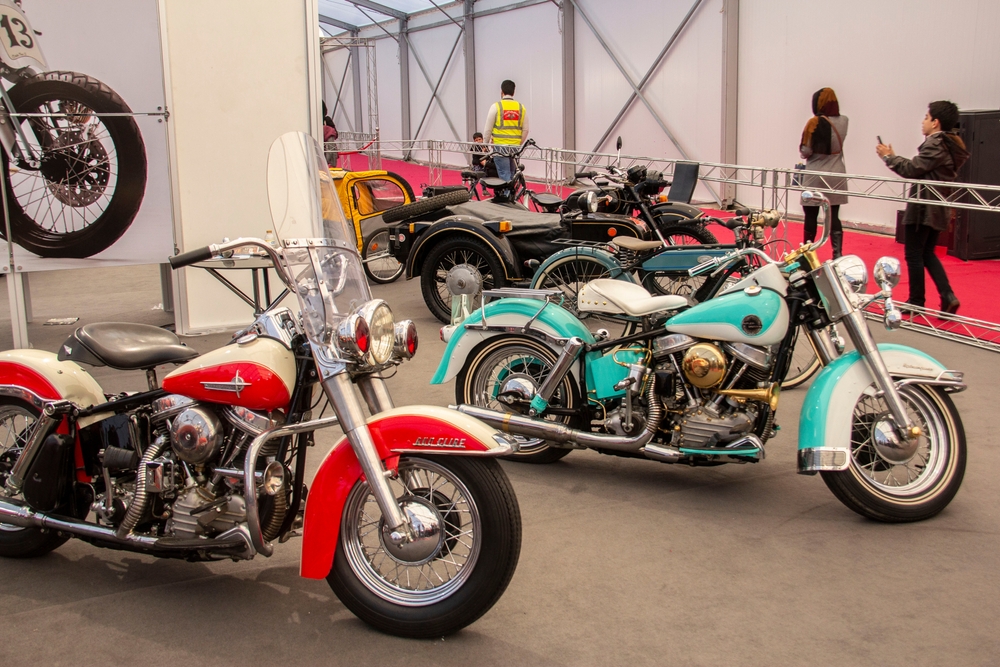
The Harley-Davidson Panhead is celebrated for introducing hydraulic valve lifters and aluminum cylinder heads to Harley’s lineup, enhancing engine performance and reliability. Its distinctive pan-shaped rocker covers give it an iconic appearance that endears it to classic motorcycle enthusiasts. This model also became synonymous with the American motorcycle culture of the 1950s and 1960s, appearing in numerous films and being favored by rebel icons, which cemented its status as a symbol of freedom and rebellion.
Triumph Bonneville (1959-present)
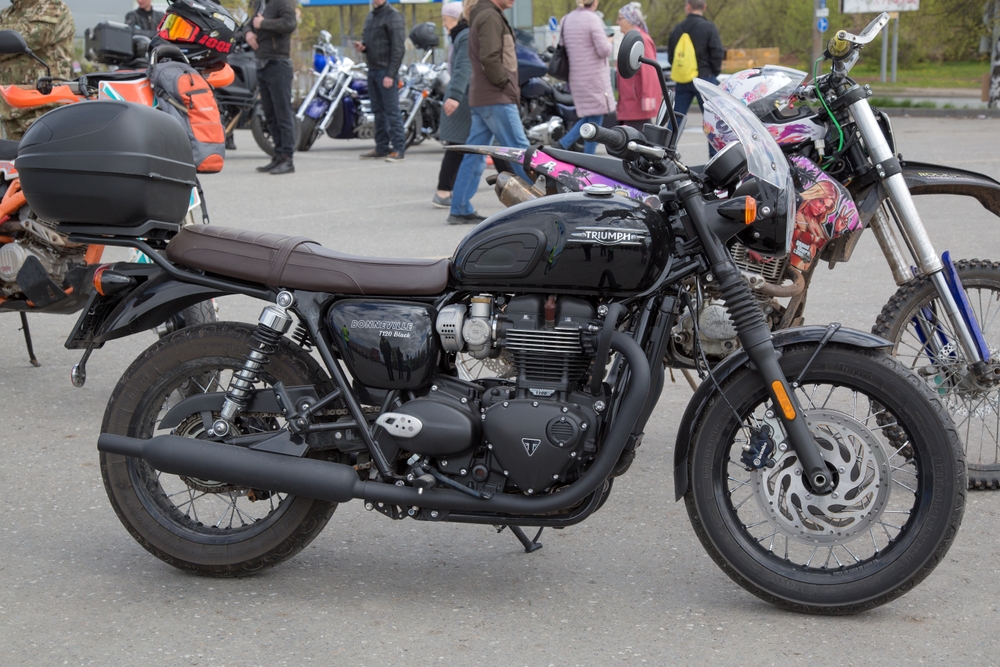
Named after the famous Bonneville Salt Flats, the Triumph Bonneville embodies the spirit of speed and adventure. Its introduction marked a significant advancement with its twin carburetors and parallel-twin engine, setting benchmarks for performance among contemporary roadsters. The Bonneville’s sleek design and robust performance have maintained its popularity, making it a staple in restoration projects and a beloved model in vintage racing circuits.
BMW R32 (1923-1926)
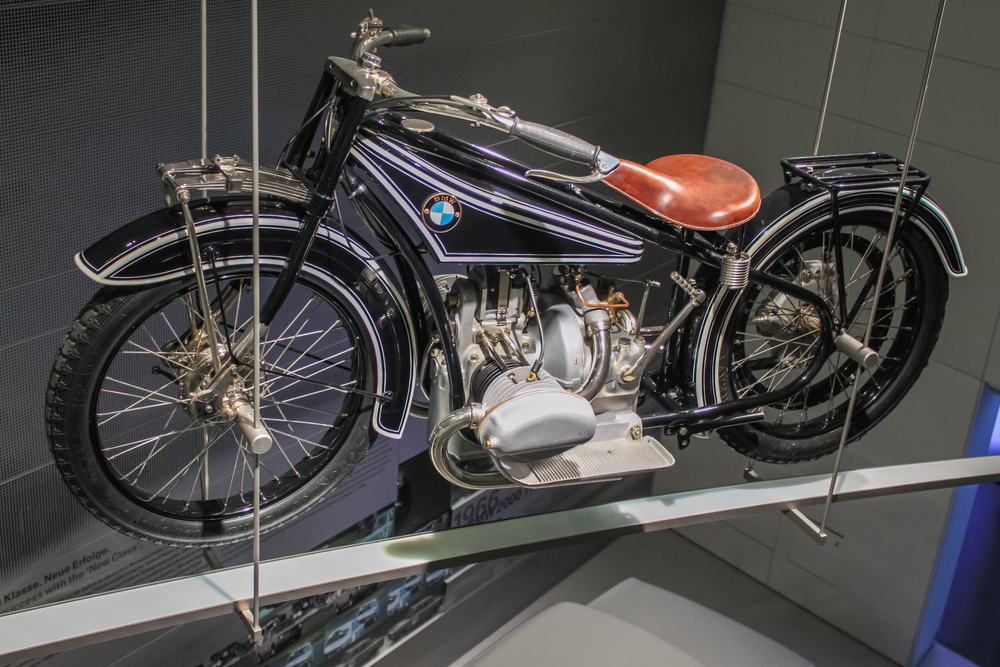
The BMW R32 was revolutionary upon its release, introducing the shaft drive and boxer engine configuration that would become BMW’s hallmark for decades. Its design was aimed at reliability and efficiency, qualities that allowed it to perform exceptionally well in rugged conditions. The R32’s engineering principles set the foundation for future motorcycles, and its pioneering spirit continues to resonate with enthusiasts who appreciate its historical significance and engineering purity.
Indian Chief (1922-1953; revived 1999)

The Indian Chief is revered for its styling and engineering, featuring a robust V-twin engine and a striking design with skirted fenders and a bulkier build. It epitomized the luxury and craftsmanship of American motorcycles during its era. The Chief’s enduring legacy is reflected in its continuous revival and the strong cult following it maintains, symbolizing the glory days of American motorcycling.
Norton Commando (1967-1977)
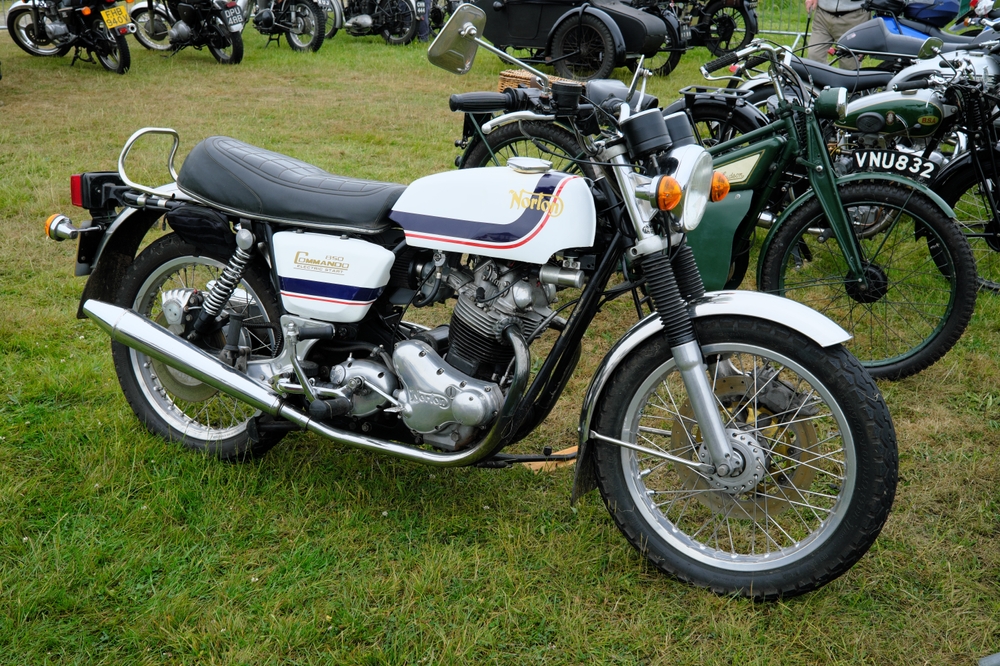
The Norton Commando was introduced during significant competition from Japanese manufacturers, standing out with its innovative isolastic frame that minimized vibration. The Commando’s impressive power-to-weight ratio and agile handling made it a favorite among the café racer crowd. They ensured its success in racing, particularly at the Isle of Man TT. Its blend of style, performance, and unique engineering endear it to collectors and riders.
Honda CB750 (1969-2003)

The Honda CB750 is often credited with popularizing the concept of the “superbike.” Its introduction of a disc brake, electric start, and inline-four engine set new standards for motorcycle technology, making it a game-changer in the industry. The CB750’s blend of power, reliability, and affordability opened up motorcycling to a broader audience, and its impact is still felt in the design and technology of modern motorcycles.
Ducati 900SS (1975-1982)
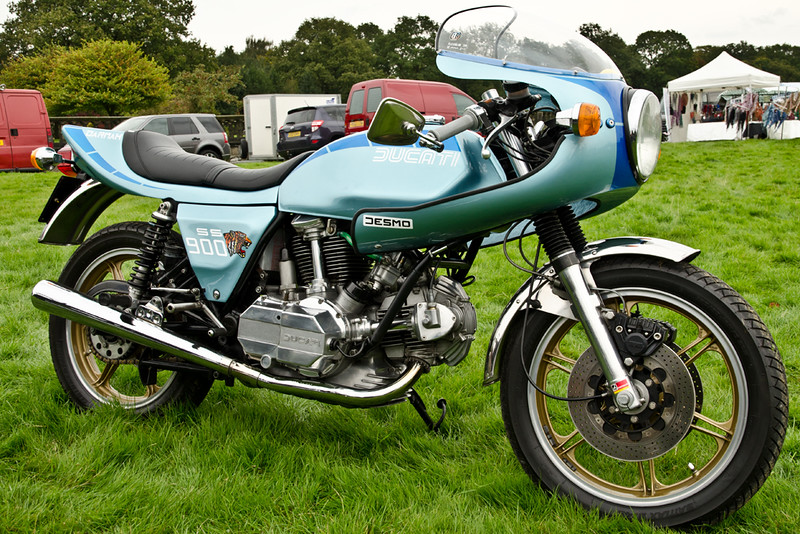
The Ducati 900SS boasted a high-performance desmodromic valve system, setting it apart in the world of motorcycle racing. Its success in competitions, particularly at the Imola 200, solidified its reputation as a racing legend. The 900SS combines Italian style with exceptional speed and precision, making it a prized possession for enthusiasts and racers alike, continuing Ducati’s legacy of performance excellence.
Moto Guzzi V7 (1967-1976; revived 2008)
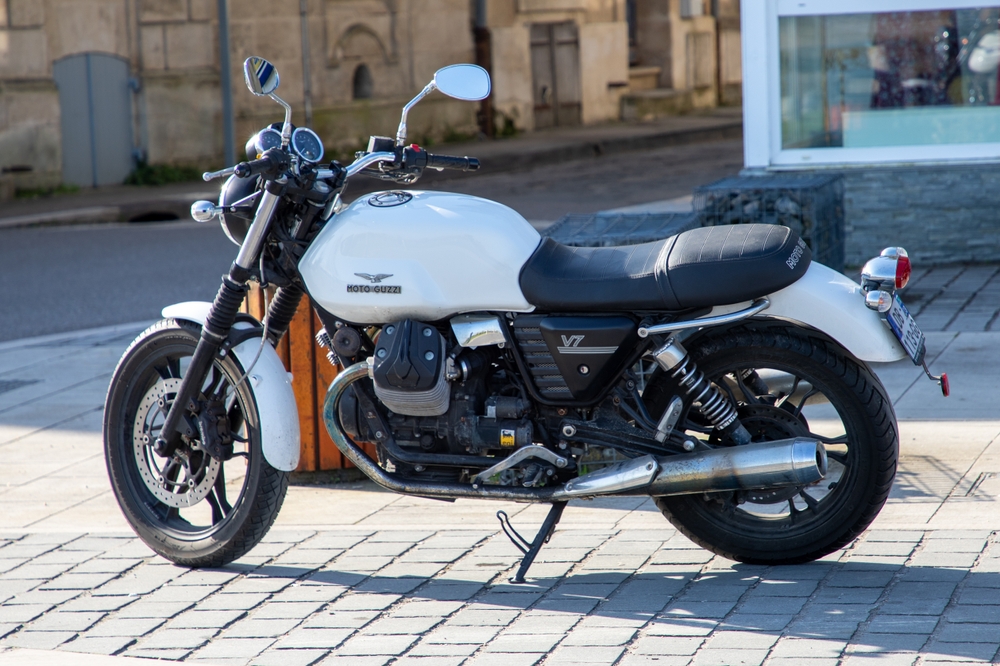
The Moto Guzzi V7 was pivotal for its transverse V-twin engine and shaft drive, innovations that provided a balance of power and smooth handling. Its role as a police motorcycle in several countries testified to its reliability and efficiency. The V7’s classic Italian design and engineering ingenuity have kept it a favorite for those who value longevity and style in their rides.
Royal Enfield Bullet (1931-present)
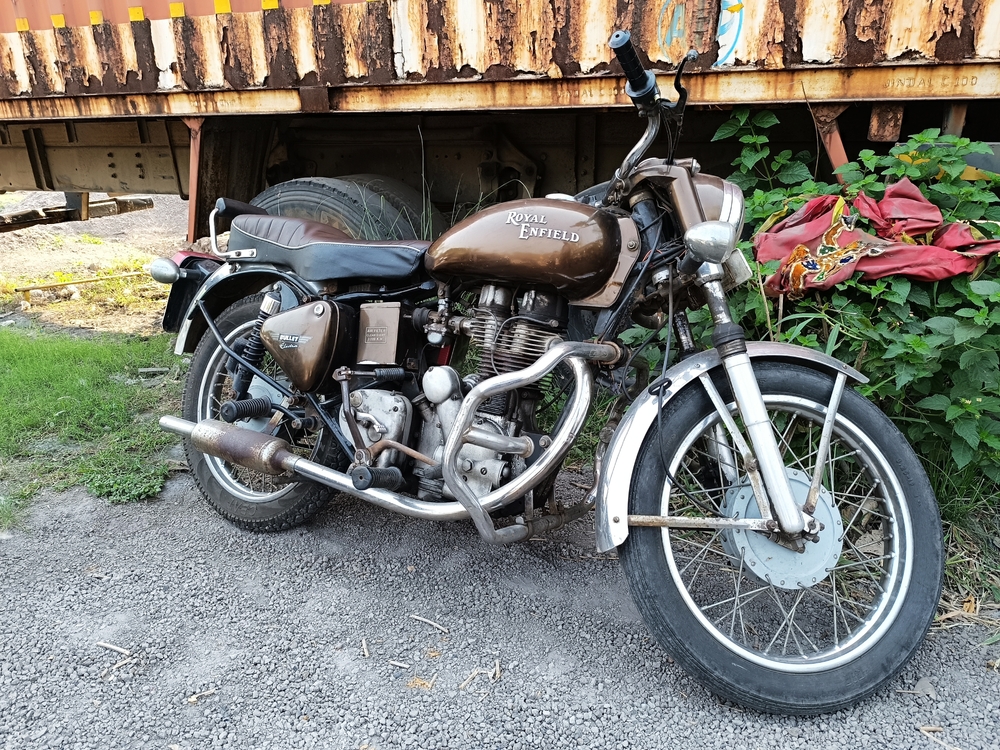
The Royal Enfield Bullet has the distinction of being the longest continuously produced motorcycle. Its enduring single-cylinder engine is a testament to the design’s simplicity and durability. Over the decades, the Bullet has become synonymous with adventure and reliability, appealing to riders who appreciate its history and the continuous upgrades that have kept it relevant in modern markets.
Vincent Black Shadow (1948-1955)
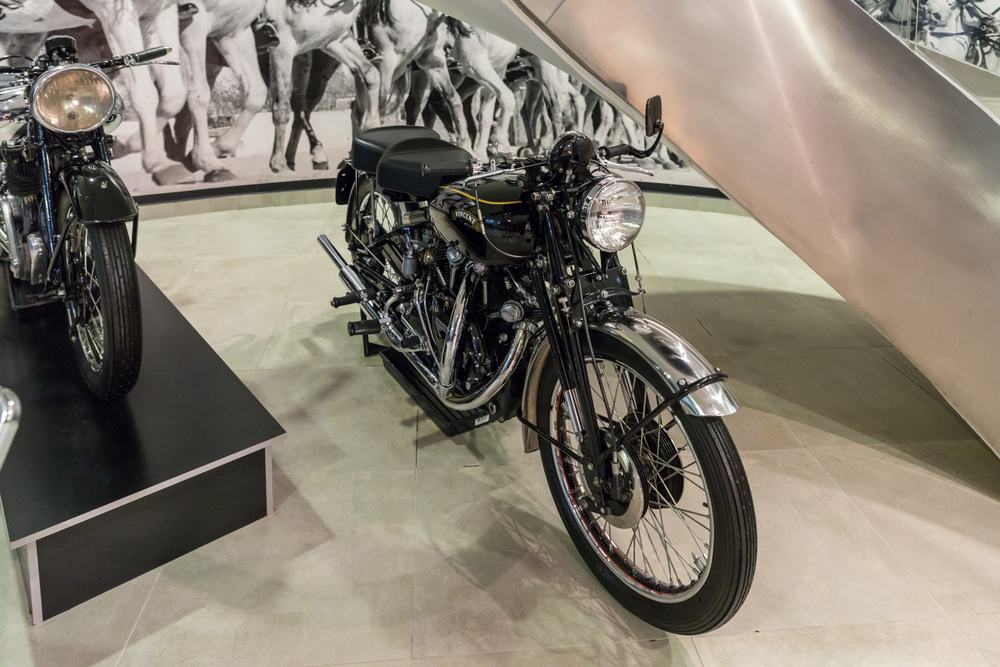
The Vincent Black Shadow was ahead of its time with features like a stressed-member engine and extensive use of aluminum to reduce weight. Its capability to exceed 125 mph made it the fastest production motorcycle of its time. Today, it remains one of the most coveted vintage motorcycles for its engineering marvels and the sheer audacity of its performance capabilities.
Suzuki GT750 (1971-1977)
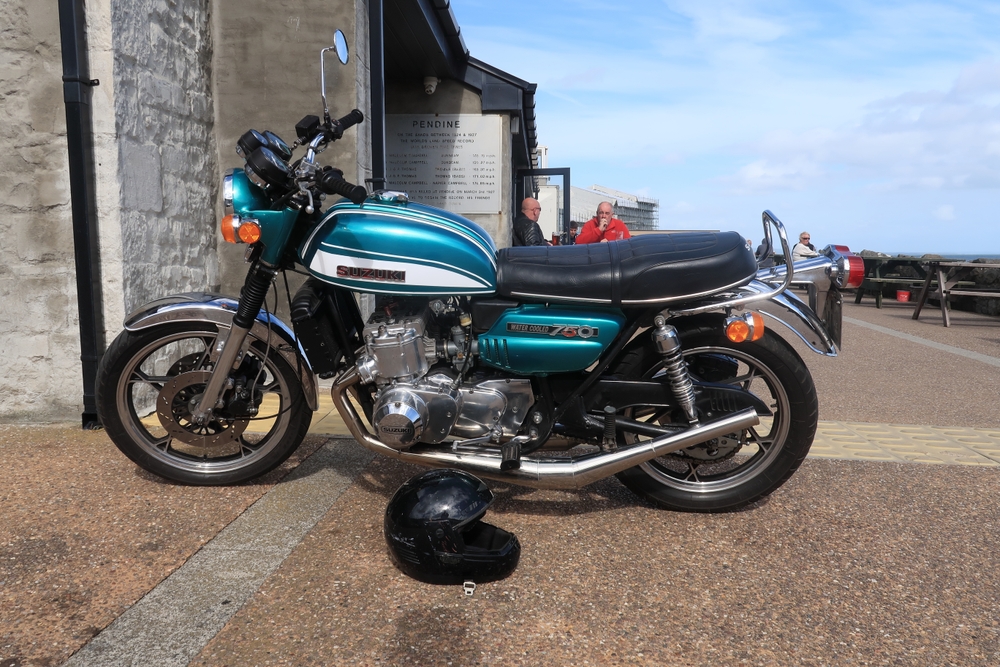
Known affectionately as the “Water Buffalo” due to its water-cooled engine, the Suzuki GT750 was one of the first motorcycles to introduce this technology, which greatly enhanced engine performance and longevity. Its smooth ride and power made it a popular choice among touring enthusiasts. The GT750’s innovation and distinctive style keep it a favorite among vintage motorcycle collectors.
This article originally appeared on MyCarMakesNoise.
More from MyCarMakesNoise
10 Worst Military Vehicles Ever Deployed

Military hardware doesn’t always hit the mark. While some vehicles become legendary for their effectiveness, others are plagued by problems that render them almost useless. Read More.
10 Extreme Off-Road Vehicle Mods for Adventurous Drivers

Standard vehicles often fail to provide the necessary durability and performance for those who crave adventure and the thrill of the unbeaten path. Extreme off-road modifications transform everyday vehicles into powerful machines capable of tackling the most challenging terrains. Read More.
15 Iconic Car Designs That Influenced the Industry

Throughout the history of the automotive industry, certain car designs have stood out for their groundbreaking impact on the market and culture. These iconic vehicles defined their eras and set new benchmarks in performance, aesthetics, and technology. Read More.

